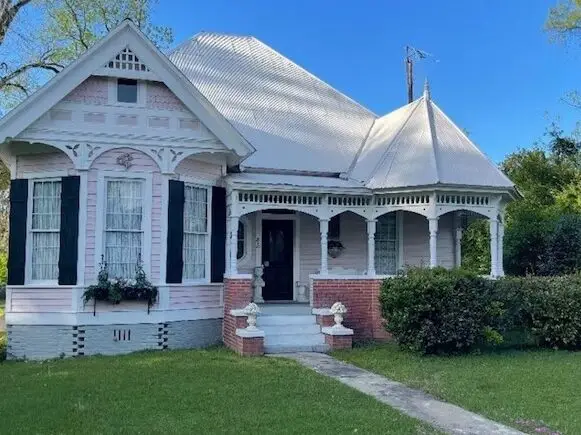Greensboro Alabama Business and Tourism Association announces the Greensboro Bicentennial Tour on June 10th and 11th 2023. In conjunction with the celebration of Greensboro’s incorporation as a city in 1823, this two day event will showcase over twenty historic homes, churches, museums, and other places of interest. President of the association, Stephen Barnette Jr, explains that this self-guided tour is a “rare opportunity to see privately owned homes and other sites not usually open to the public in one unique weekend.” The website visitgreensboroal.com offers details about the specific tour sites, as well as a link to purchase tickets. The website also includes information about other bicentennial events, notable Greensboro residents and a gallery of historical photos.
Tour times are Saturday, June 10th 9am-5pm and Sunday, June 11th 1pm- 5pm. Tickets are $25 for one day or $40 for a two day ticket. Tickets may be purchased in advance via the website visitgreensboroal. com or on tour days at Magnolia Grove located at 1002 Hobson Street. Magnolia Grove is an Alabama Historic Commission landmark and is featured on the tour.
This week, the Watchman features three of the historic properties slated to be on the Bicentennial Tour, the Duggar-Osborn home, the Leiser-Baird-Shaner home, and Japonica Path.
The Duggar-Osborn home is a charming onestory Victorian cottage with Eastlake details that’s located on Greensboro’s Main Street. This house was built around 1890. Features of the house include articulated gable bays, a partial width porch with a turrett, a single leaf entrance and decorative spindle and scroll work.
The Leiser-Baird-Shaner home is located on Main Street. Squire Lowry constructed the core of this home ca. 1840, which has undergone several additions over the years, nearly tripling its original size. The house is a perfect backdrop for the owner’s extensive collection of folk arts and crafts.
Japonica Path, Built in the late 1840s, was named for the camellia japonica long before it became the Alabama state flower.

